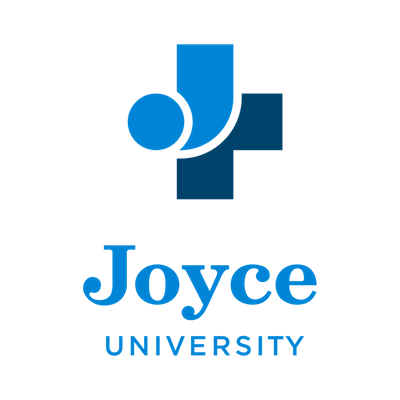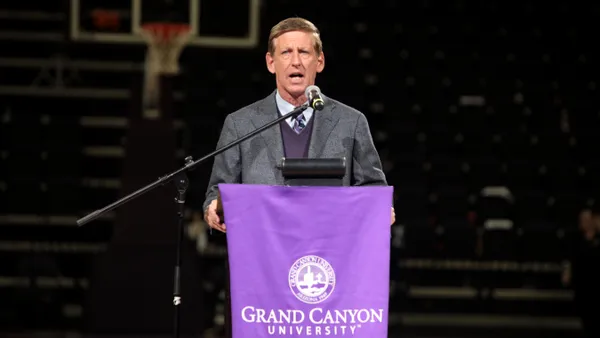For years, colleges have balanced out the high cost of small class sizes during students’ third and fourth years by packing hundreds of freshmen and sophomores into introductory courses. The profits of the latter balanced out the labor-intensive costs of the former. The new proposal for free community college from President Barack Obama’s administration, however, could unsettle that balance.
David H. Feldman is an economics professor at the College of William and Mary who has spent the last decade researching and writing about issues in higher education, often with his colleague Robert Archibald.
Feldman said there are two types of students who might take advantage of free community college through the Obama administration proposal — those who wouldn’t have considered college at all and those who would have gone to a four-year college instead. Only the second type of student will create what Feldman calls an “unintended consequence” for four-year schools.
“Some of them will come back into the four-year system already having the introductory material under their belts,” Feldman said, “but they’ll be coming into four-year institutions to demand the resource-intensive upper classes.”
The question is, how many students will really take that route?
The higher education landscape is incredibly diverse in the United States. There are highly selective, and expensive, institutions that won’t be affected by these unintended consequences much, if at all. In fact, Feldman estimates most private institutions won’t see much impact on their bottom lines if free community college does become a widespread option in this country. It is the less selective, public universities that will be most affected. They are the ones that have seen substantial budget cuts — since the Great Recession especially — and they have, in turn, had to make tough financial decisions because of it.
One easy way to cut costs, historically, has been to increase the size of the introductory courses and save money for later, when students are grappling with more complex issues and would benefit from greater face-time with their professors.
In light of this conclusion, colleges and universities have been experimenting with new ideas for introductory courses for a while now. Virginia Tech’s Math Emporium offers seven introductory courses in a massive computer lab that features 537 workstations. Students take basic skills classes from full-time faculty members, but the courses are self-paced and taken online. Faculty members and instructional assistants staff the Math Emporium to offer help to anyone needing more individual support or tutoring.
Other schools have offered blended learning options to get students critical foundational skills in a way that isn’t as labor-intensive as the small seminars colleges offer their upperclassmen. And the most traditional option is offering large lecture courses supplemented by smaller sessions led by graduate-level teaching assistants.
Because of this history, Feldman says the unintended consequences of the Obama proposal won’t require a major pivot for four-year institutions.
“This is just a new way to push schools down a path they’re already walking,” Feldman said.
Of course, elected officials have a lot of cooperation to do before this proposal ends up creating any problems or opportunities for institutions of higher learning.
Would you like to see more education news like this in your inbox on a daily basis? Subscribe to our Education Dive email newsletter! You may also want to read Education Dive's recap of Second Lady Jill Biden's SXSWedu talk about the importance of community colleges.












